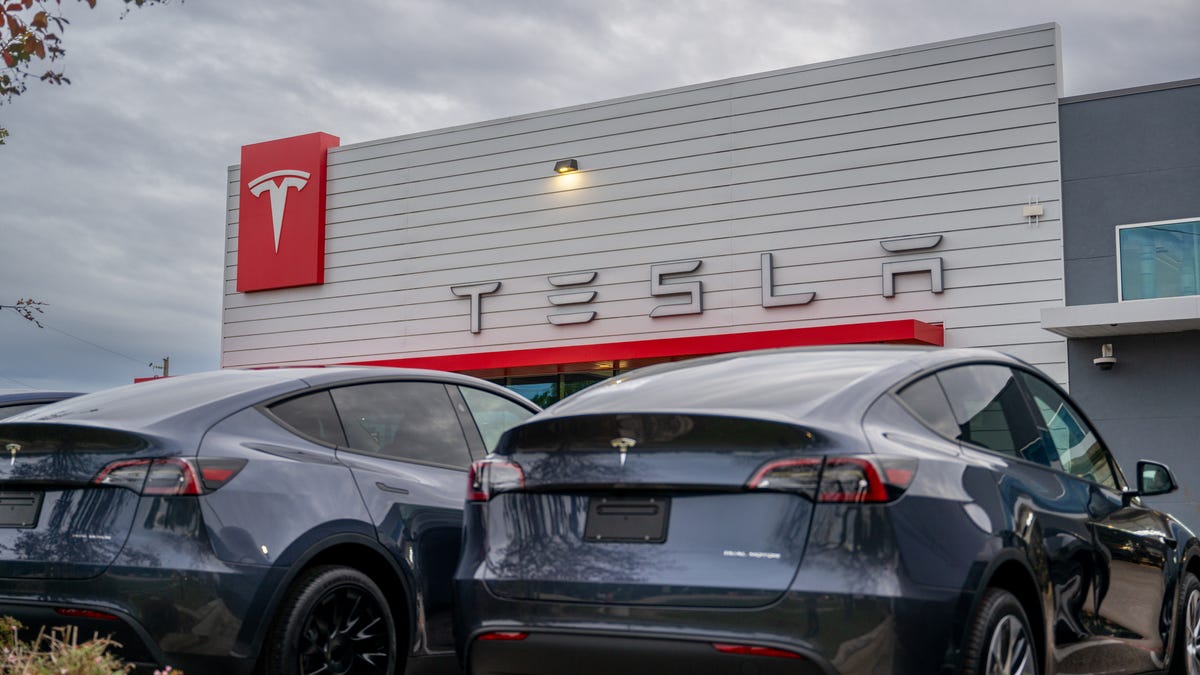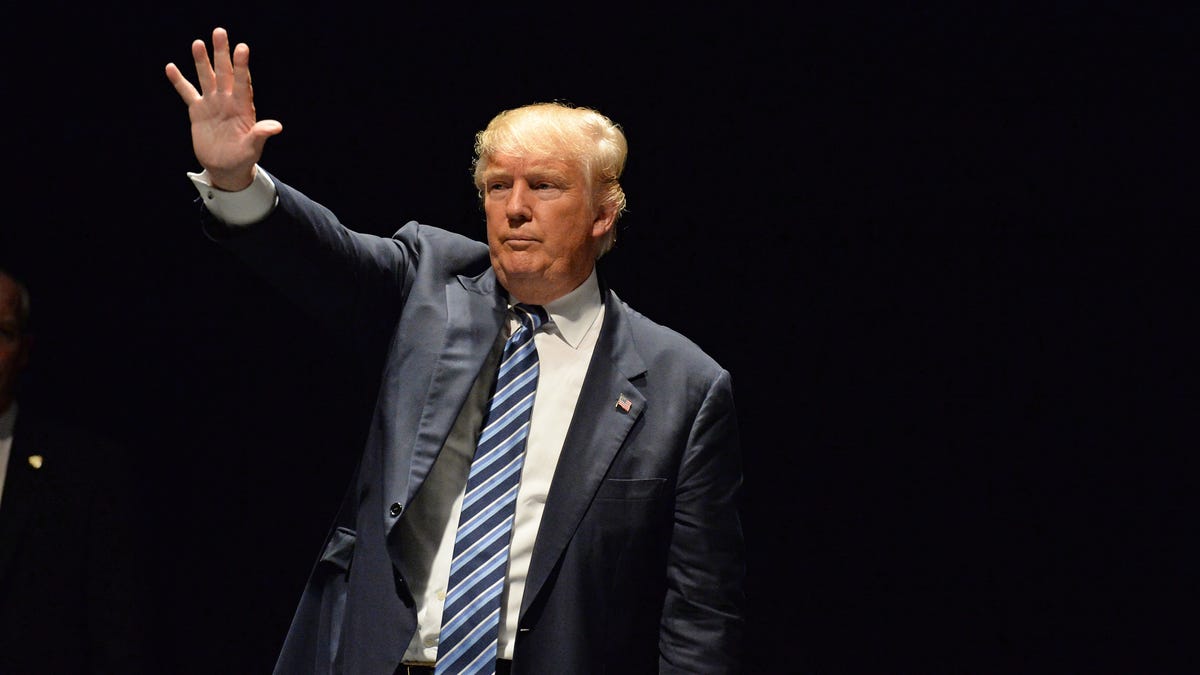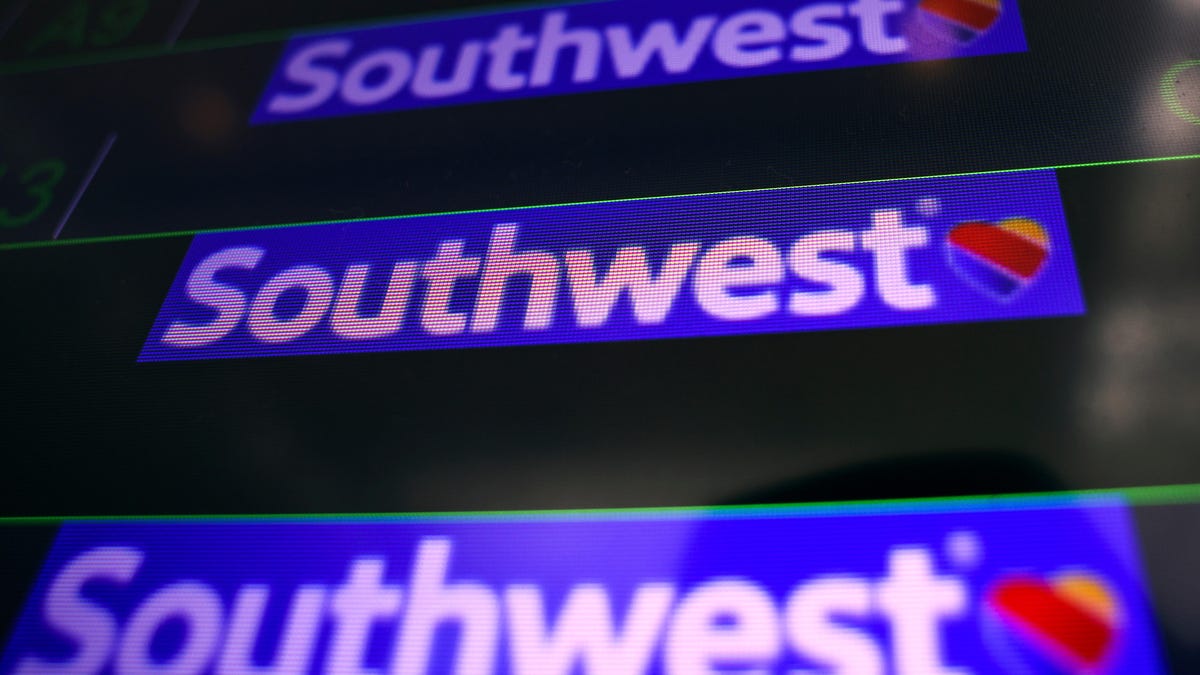The Decline of Tesla Stock
Tesla’s stock experienced a significant slump to reach a new 52-week low on Thursday, leaving investors concerned just days ahead of the company’s eagerly anticipated full earnings report for the first quarter of 2024. The downward spiral was exacerbated by a recent decision from Deutsche Bank to downgrade Tesla stock from a buy rating to a hold rating and adjust its price target from $189 per share to $123 per share.
The Model 2 Setback
Deutsche Bank’s initial buy rating was based on expectations that Tesla would unveil the “Model 2,” a much-anticipated $25,000 electric car. However, those hopes were dashed as Tesla shifted its focus towards developing a self-driving robotaxi instead. This strategic pivot has raised concerns about Tesla’s ability to crack the code on achieving full driverless autonomy, a challenge that encompasses significant technological, regulatory, and operational hurdles.
Deutsche analyst Emmanuel Rosner underlined the pivotal nature of Tesla’s current trajectory, expressing fears that the stock may face a painful transition in its ownership base. With the cancellation of the Model 2, Rosner cautioned that electric vehicle investors might start abandoning ship, making way for AI and tech investors with longer investment horizons.
Market Performance
As a result of these developments, Tesla’s stock plummeted by over 2%, settling at approximately $151.70 per share during Thursday morning trading. The stock even dipped to a low of $148.70 earlier in the day. Since the beginning of 2024, Tesla has seen a staggering 39% decline in its stock price, positioning it as one of the weakest performers in the S&P 500.
Notably, Tesla’s market capitalization has dwindled to around $475 billion, marking a sharp decline from its previous peak. Apart from a fleeting dip earlier in the week, Tesla’s market cap had not fallen below $500 billion since its previous 52-week low in April 2023.
Mass Layoffs and Resignations
In response to its challenging financial situation, Tesla’s CEO Elon Musk issued a memo late on Sunday, announcing substantial layoffs impacting “more than 10%” of the company’s workforce, equating to at least 14,000 individuals. This move was later confirmed in a regulatory filing. Furthermore, two high-ranking executives opted to resign from Tesla amidst the turmoil.
Musk himself acknowledged shortcomings in the handling of the layoffs, expressing regret over inaccuracies in severance packages offered to affected employees. As a form of compensation, Tesla provided two months of severance pay and maintained health insurance coverage for impacted workers.
Future Outlook
Given the tumultuous events and disappointing financial performance, investors are now eagerly anticipating reassurance from Musk regarding Tesla’s long-term viability and a clear outline of the company’s new growth strategy. Analysts are looking for Musk to provide insights into realistic delivery and margin goals, explain the rationale behind the recent layoffs, and most importantly, offer a transparent outlook on the future of the Model 2.
As Tesla navigates these challenges, stakeholders are eager for decisive action and strategic clarity to regain confidence in the company’s trajectory and position in the electric vehicle market.
Image/Photo credit: source url





